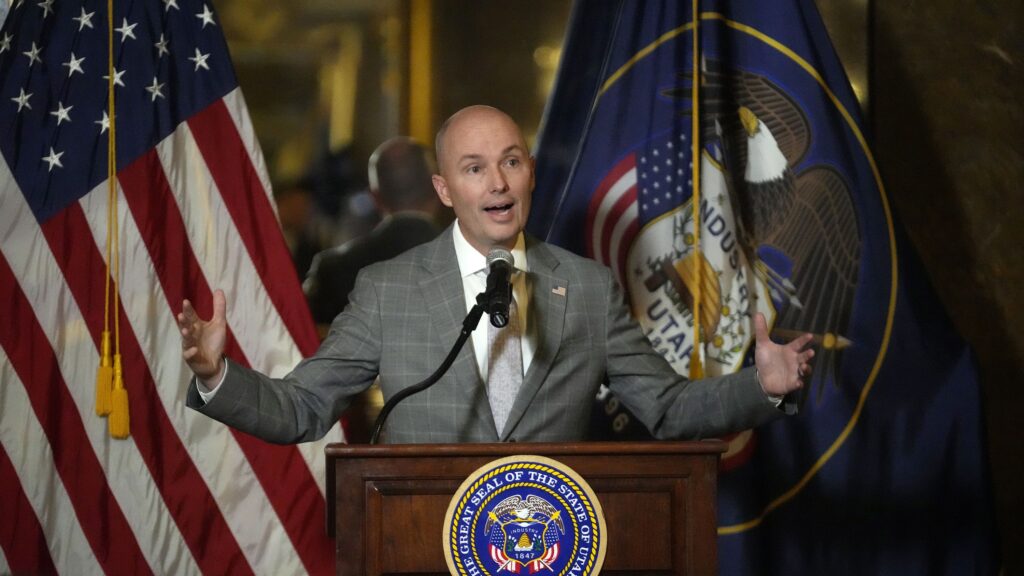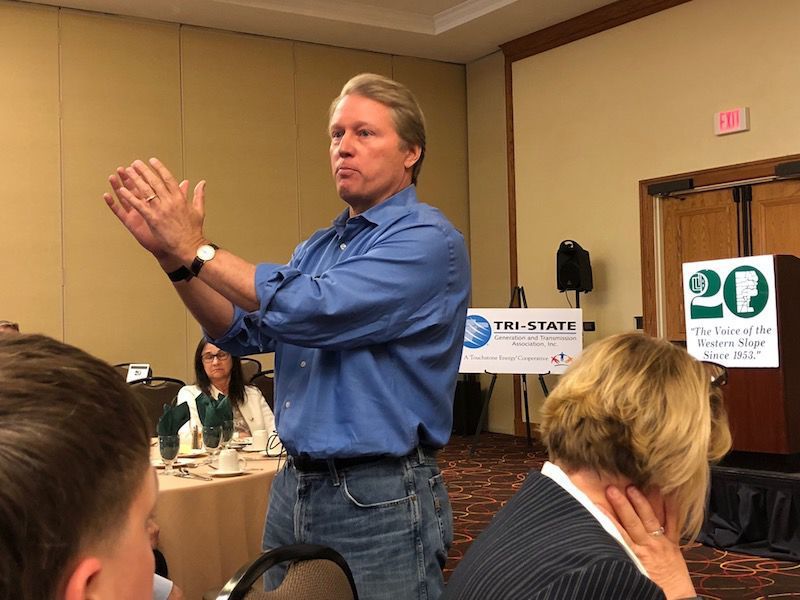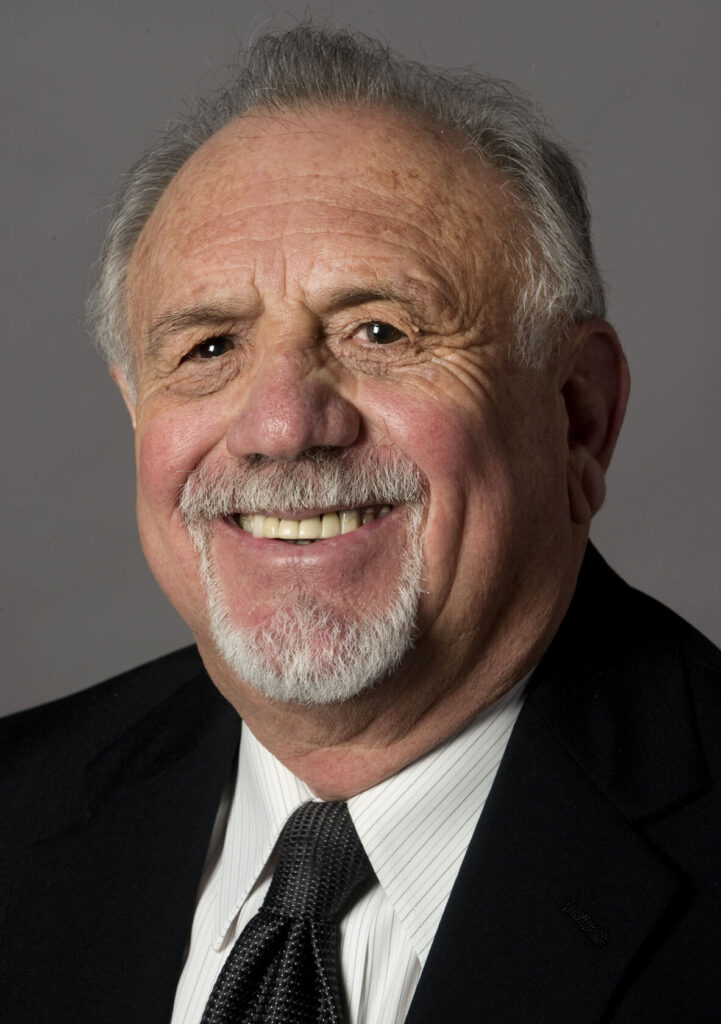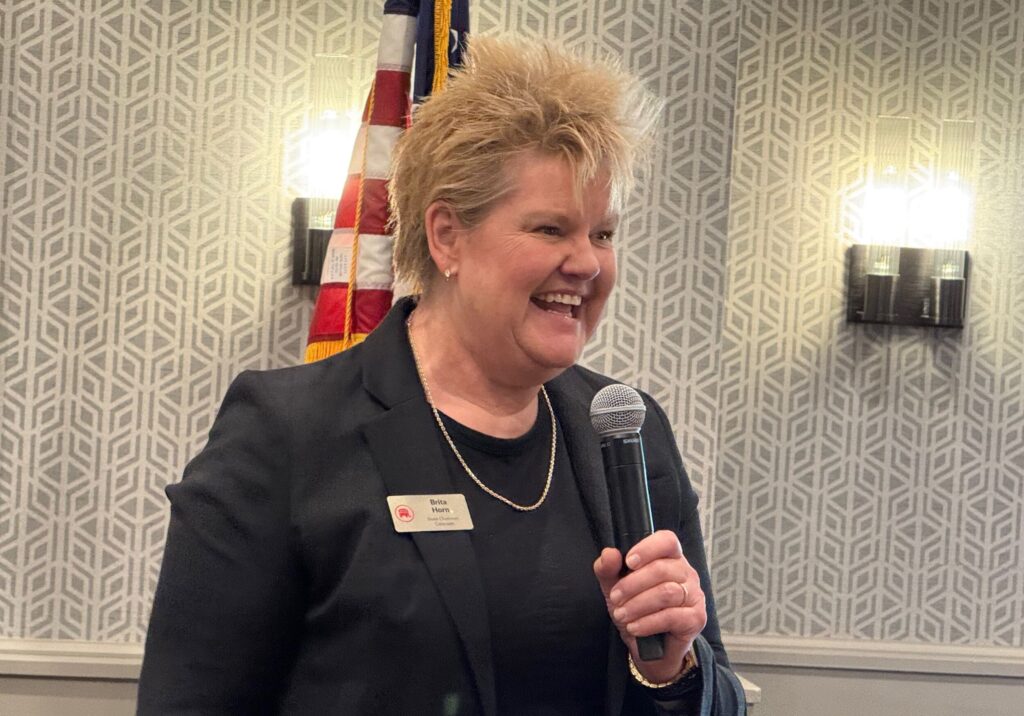BIDLACK | Divided GOP primary will help Lamborn again


My regular reader (Hi Jeff!) will recall that back in 2008, a couple of years after I retired from the Air Force, I ran for US Congress here in CD-5, hoping to defeat Congressman Doug Lamborn, who was running for re-election for the first time. There is a truism in politics that elected officials are seen as most vulnerable to defeat in their “sophomore” election; their first try to keep an office they won for the first time in the previous election.
That common wisdom may, in fact, be true in many places, but in Colorado’s most Republican district, Lamborn didn’t break too much of a sweat to beat me in the general election. Heck, he didn’t even campaign really, knowing that the only way he could lose would be if he made some massive mistake that really ticked off his base. He only agreed to a single debate, just a few days before the election, when lots and lots of people had already cast their ballots by mail. According to lots of observers, in the local media and elsewhere, I really did dominate him in the debate, but it mattered little come election day.
The really interesting aspect of that election, to an old political science professor like me, was what happened on the GOP side of things. Older readers may recall that in 2006 the then-incumbent Congressman Joel Hefley decided to retire after twenty years in office. Open seats – the name for districts in which no incumbent is running – are rare in American politics and are by far the easiest seats to run for, as beating an incumbent is pretty hard. In that 2006 election quite a few Republicans ran for the Hefley seat, and after a bitter (and some might say dirty) campaign, Doug Lamborn ended up on top, by a plurality, with (amazingly) only 27% of the votes, with the other 73% split among five challengers.
So perhaps it isn’t a surprise that two years later two of Lamborn’s fellow 2006 candidates decided to run against him, even though he was now the Republican incumbent. Lamborn refused to attend any multi-person events (to my knowledge, he has never debated since I handed him his hat (kids: that’s an old guy expression for beating a person). Heck, Lamborn refused to even acknowledge that he had GOP opponents.
Here is where it gets interesting…
Lamborn won his 2008 GOP primary by defeating Crank and Rayburn with only 44% of Republican votes. His two challengers split 56% between them. Had either of them dropped out before the primary, it is quite likely that Lamborn would have lost, but neither did. Lamborn likely won by getting his opponents to split the vote of those who feel he has not been especially effective over his now many years in the House.
So perhaps it is not surprising that Lamborn again finds himself, yet again in 2022, facing a bunch of challengers.
Which brings us to a recent Colorado Politics story that noted that Lamborn has successfully turned in enough petition signatures to get his name on the GOP primary ballot for District 5. That may seem like an impressive feat, but it can also be seen as a measure of weakness. There are two ways for candidates to get their names on their party’s primary ballot: petition (by getting 1,500 valid GOP signatures) and at the party convention (technically it is an “assembly” in non-presidential years, but you get my point). If you can get 30% or more of the delegates to the convention (in this case, the CD-5 GOP convention), you get on the ballot. If you fall short of that mark, you are out, unless, of course, you petitioned on too.
So, it is very interesting that the incumbent, who should be in a very strong position to mop the floor with his opponents at the convention, chose to petition onto the ballot. Perhaps he is worried that he might not get the 30%?
You see, three other Republicans are gathering signatures and one is counting on making the ballot via the 30% route. That adds up to – give me a sec – four opponents. And let’s say that all five of these folks are successful in getting their names on the primary election ballot. That means that come primary day, Lamborn just needs to get a plurality (that is, the most votes but not a clear majority) to win the primary.
And that, dear readers, is what is going to happen.
Lamborn has usually faced more than one opponent from his own party. And that may be the key – more than one. Just as the 2008 result might well have been different had one of the two Lamborn challengers dropped out, here in 2022, Lamborn is being protected by having multiple opponents that will divide the anti-Lamborn vote between them. Lamborn will win his primary, likely by a plurality, and then will win in November. Frankly put, Lamborn needs multiple opponents.
If the GOPers who don’t like Lamborn can ever get behind a single challenger, Lamborn could well be in real trouble. But until that happens, Mr. Plurality will continue to squeak through and will continue to provide the folks in his district with, well, not much.
Hal Bidlack is a retired professor of political science and a retired Air Force lieutenant colonel who taught more than 17 years at the U.S. Air Force Academy in Colorado Springs.













